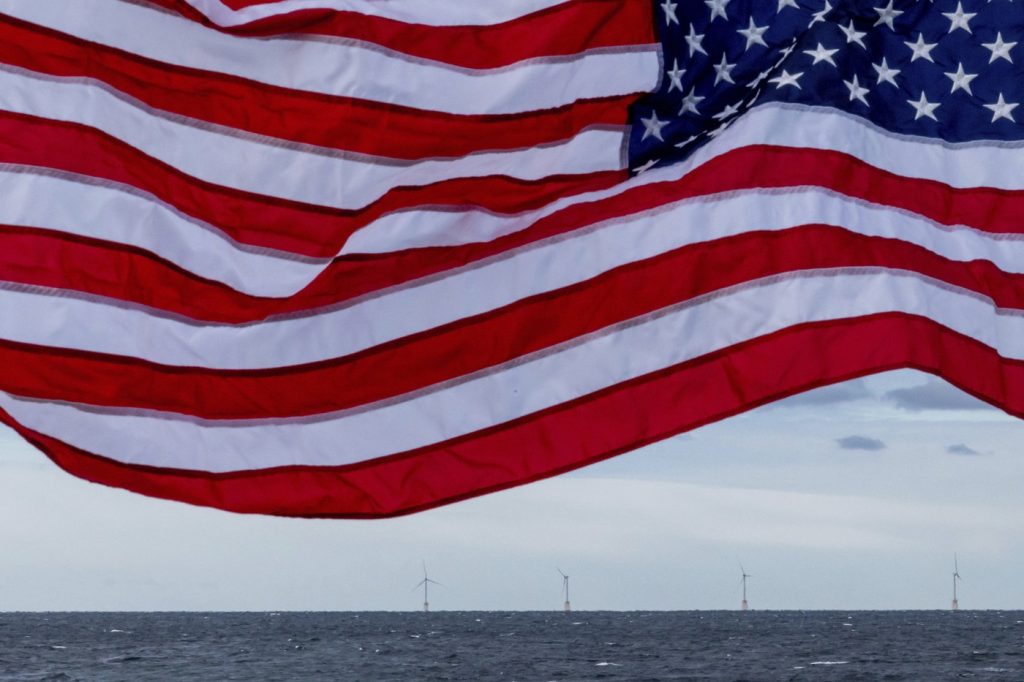On Monday, President Donald Trump signed an executive order that temporarily halts offshore wind lease sales in federal waters and pauses the approval, permitting, and loan processes for both onshore and offshore wind projects. This move indicates a significant shift in energy policy, placing emphasis on fossil fuel production as opposed to renewable energy sources like wind power.
The Interior Secretary has been tasked with reviewing federal practices concerning wind leasing and permitting. This assessment is to evaluate the environmental impact of wind projects on wildlife, consider the economic costs related to the intermittent nature of wind energy generation, and analyze how subsidies affect the viability of the wind industry. Trump’s order reflects an overarching aim to enhance drilling for oil and gas, while showcasing a clear opposition to renewable energy, particularly offshore wind installations.
During his confirmation hearing, Doug Burgum, Trump’s nominee for Interior Secretary, indicated that existing wind projects that have legal backing would still be upheld. However, Trump has previously pledged to terminate the offshore wind industry and has voiced intentions to increase the output of fossil fuels, positioning the U.S. as a leader in low-cost energy.
Currently, wind power accounts for approximately 10% of the electricity generated in the United States, marking it as the largest source of renewable energy in the nation. As reported by the American Clean Power Association, there is 73 gigawatts of offshore wind capacity under development, which is sufficient to power around 30 million homes.
The order also halts the development of the Lava Ridge Wind Project in Idaho, a project that had already received a scaled-down approval from the federal government in December, despite local opposition related to its proximity to a historic site linked to Japanese American incarceration during World War II. The new order signifies a broader push against offshore wind but also touches on onshore projects, suggesting a more comprehensive retreat from renewable energy sources.
In the past, Trump has expressed strong disdain for wind turbines, calling them inefficient and overly reliant on government subsidies. He argues that wind energy is significantly more expensive than natural gas. Estimates from the Energy Information Administration (EIA) suggest that offshore wind could cost around $100 per megawatt hour by 2028, while onshore wind is comparatively cheaper, with costs around $31 per megawatt hour. New natural gas plants are projected to produce electricity at nearly $43 per megawatt hour, highlighting the price advantages of fossil fuels in energy generation.
While some groups, such as Protect Our Coast NJ, support Trump’s order as a means to move away from what they view as harmful technologies, critics like Kit Kennedy from the Natural Resources Defense Council argue that the administration's focus on fossil fuels delays progress on essential renewable energy projects. They warn that this approach is detrimental not only to clean air and public health but also to energy security.
The previous Biden administration had sought to accelerate the growth of offshore wind as a key strategy for addressing climate change, striving to deploy offshore wind energy and approving several commercial-scale projects. The first commercial-scale offshore wind farm, titled South Fork Wind, commenced operations in March, showcasing the potential for growth in this sector prior to Trump's recent executive actions.










